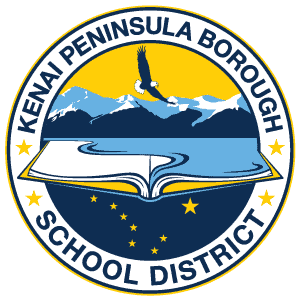Alaska Content Standards K-12
| ALASKA CONTENT STANDARDS GEOGRAPHY |
| Standard A |
A student should be able to make and use maps, globes, and graphs to gather, analyze, and report spatial (geographic) information.
|
| Standard B |
A student should be able to utilize, analyze, and explain information about the human and physical features of places and regions.
|
| Standard C |
A student should understand the dynamic and interactive natural forces that shape the earth’s environments.
|
| ALASKA CONTENT STANDARDS GEOGRAPHY |
| Standard D |
A student should understand and be able to interpret spatial (geographic) characteristics of human systems, including migration, movement, interactions of cultures, economic activities, settlement patterns, and political units in the state, nation, and world.
|
| Standard E |
A student should understand and be able to evaluate how humans and physical environments interact.
|
| Standard F |
A student should be able to use geography to understand the world by interpreting the past, knowing the present, and preparing for the future.
|
| ALASKA CONTENT STANDARDS GOVERNMENT |
| Standard A |
A student should know and understand how societies define authority, rights, and responsibilities through a governmental process.
|
| Standard B |
A student should understand the constitutional foundations of the American political system and the democratic ideals of this nation.
|
| Standard C |
A student should understand the character of government of the state.
|
| Standard D |
A student should understand the role of the United States in international affairs.
|
| Standard E |
A student should have the knowledge and skills necessary to participate effectively as an informed and responsible citizen.
|
| Standard F |
A student should understand the economies of the United States and the state and their relationships to the global economy.
|
| Standard G |
A student should understand the impact of economic choices and participate effectively in the local, state, national, and global economies.
|
| ALASKA CONTENT STANDARDS HISTORY |
| Standard A |
A student should understand that history is a record of human experiences that links the past to the present and the future.
|
| Standard B |
A student should understand historical themes through factual knowledge of time, places, ideas, institutions, cultures, people, and events.
|
| Standard C |
A student should develop the skills and processes of historical inquiry.
|
| Standard D |
A student should be able to integrate historical knowledge with historical skill to effectively participate as a citizen and as a lifelong learner.
|
| ALASKA CONTENT STANDARDS CULTURAL |
| Standard A |
Culturally-knowledgeable students are well grounded in the cultural heritage and traditions of their community.
|
| Standard B |
Culturally-knowledgeable students are able to build on the knowledge and skills of the local cultural community as a foundation from which to achieve personal and academic success throughout life.
|
| Standard C |
Culturally-knowledgeable students are able to actively participate in various cultural environments.
|
| Standard D |
Culturally-knowledgeable students are able to engage effectively in learning activities that are based on traditional ways of knowing and learning.
|
| Standard E |
Culturally-knowledgeable students demonstrate an awareness and appreciation of the relationships and processes of interaction of all elements in the world around them.
|
